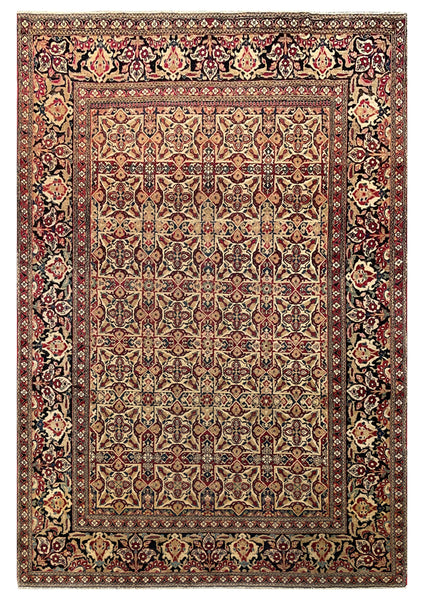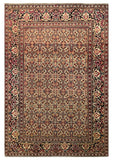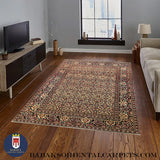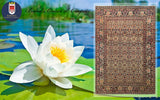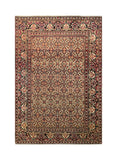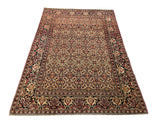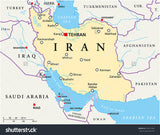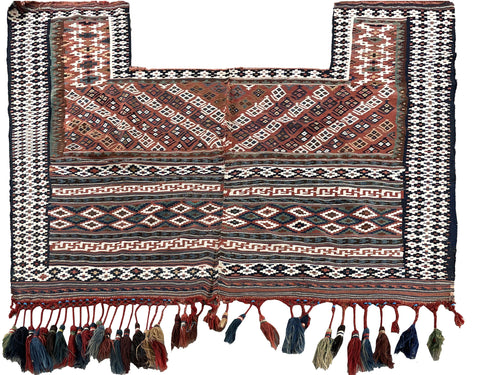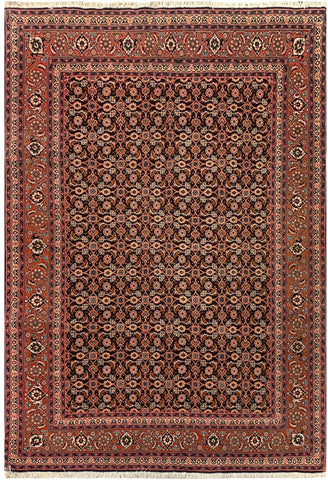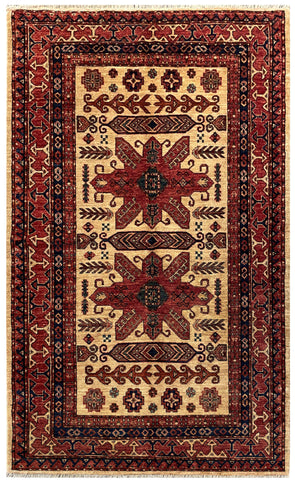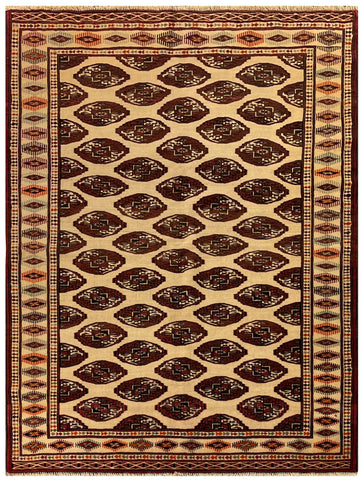19423-Tehran Antique 1880 Hand-Knotted/Handmade Persian Rug/Carpet Traditional Authentic/ Size: 7'0"x 4'10"
Babak's Oriental Carpets
1 in stock
Antiques
NR: 19423
Location: Tehran (Antique 1880)
Size: 7'0"x 4'10"
Country: Iran
Pile: Wool
Base: Cotton
History of Tehran Rugs
Tehran became the official capital of Persia under the Qajar Dynasty in 1795. Tehran carpets from the turn of the twentieth century, which were produced on a limited scale, are known...
NR: 19423
Location: Tehran (Antique 1880)
Size: 7'0"x 4'10"
Country: Iran
Pile: Wool
Base: Cotton
History of Tehran Rugs
Tehran became the official capital of Persia under the Qajar Dynasty in 1795. Tehran carpets from the turn of the twentieth century, which were produced on a limited scale, are known in the antique carpet market. During the 1940s the production of Tehran carpets was discontinued. After World War II, however, the city of Varamin, located near the capital, began to produce similar carpets that were marketed as Tehran carpets.
Tehran markets have the largest inventory representing carpets and rugs from all over Iran. Hundreds of new and antique rug dealers work tirelessly to bring merchandise of all styles and qualities to Tehran for the wholesale trade. In addition, many carpet galleries throughout the city service the domestic market. After World War II, Tehran wholesalers from all ethnic backgrounds, as well as Muslims, Jews, Armenian Christians, and others, contributed substantially to the worldwide foreign export of Iranian rugs and carpets.
Some famous exporters were Avakian Brothers, Banilevy Brothers, Bolour Brothers, Bonakdarian Company, Etessami Brothers, Houshiar Company, Jahda Brothers, Karmely Brothers, Levian Brothers, Momeni Brothers, Roubeni Brothers, Shahkery Brothers, Yacoubi Brothers, and Yamin Brothers, all of whom greatly contributed to the successful introduction of Iranian carpets to the Western markets. Also the Tehran production may claim at least one famous master weaver, Seyd Abolfat-Rasam Arabzadeh.
Articles And Videos
Related Products
CAD $4,899.00 CAD $599.00
CAD $11,999.00 CAD $3,999.00
CAD $12,599.00 CAD $1,599.00
CAD $4,999.00 CAD $1,199.00
CAD $2,999.00 CAD $699.00
CAD $4,899.00 CAD $1,199.00
CAD $2,499.00 CAD $399.00
CAD $1,999.00 CAD $599.00


